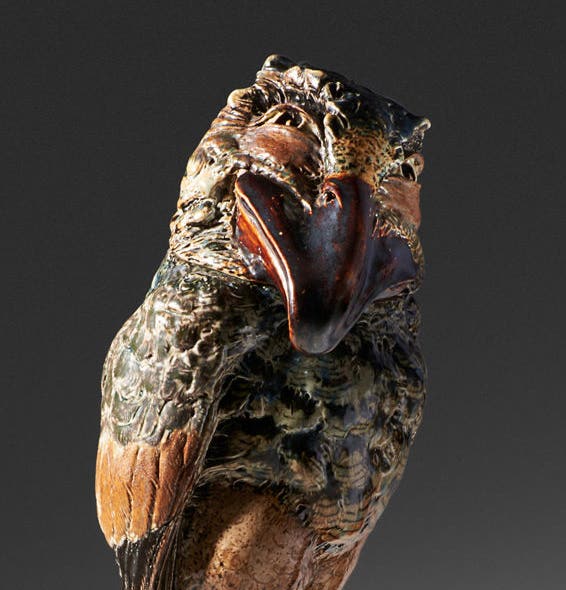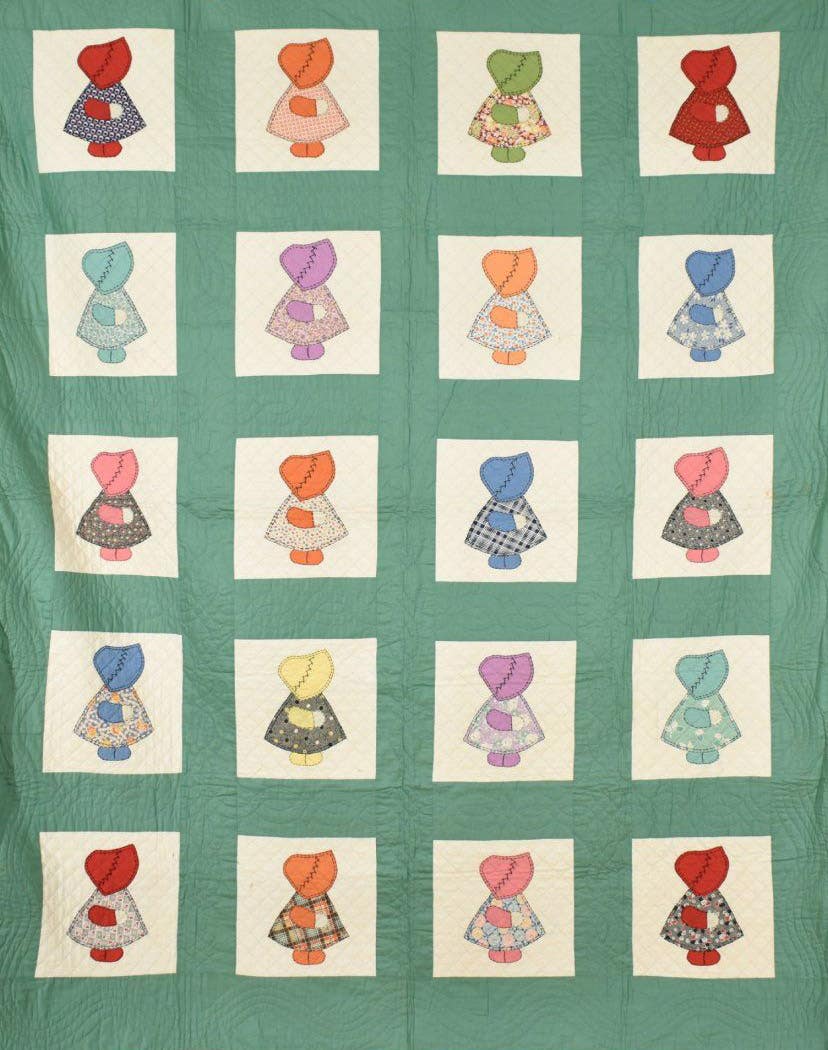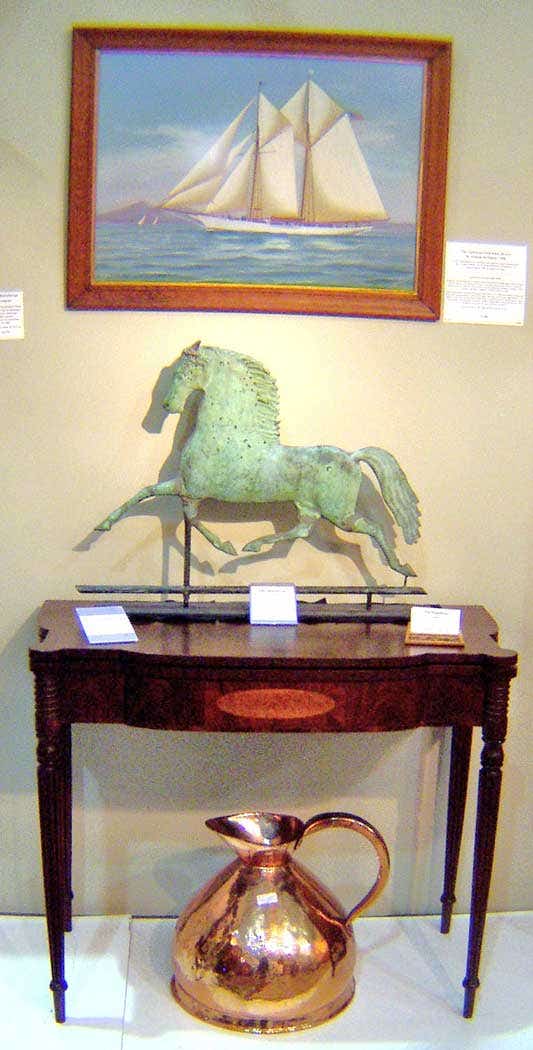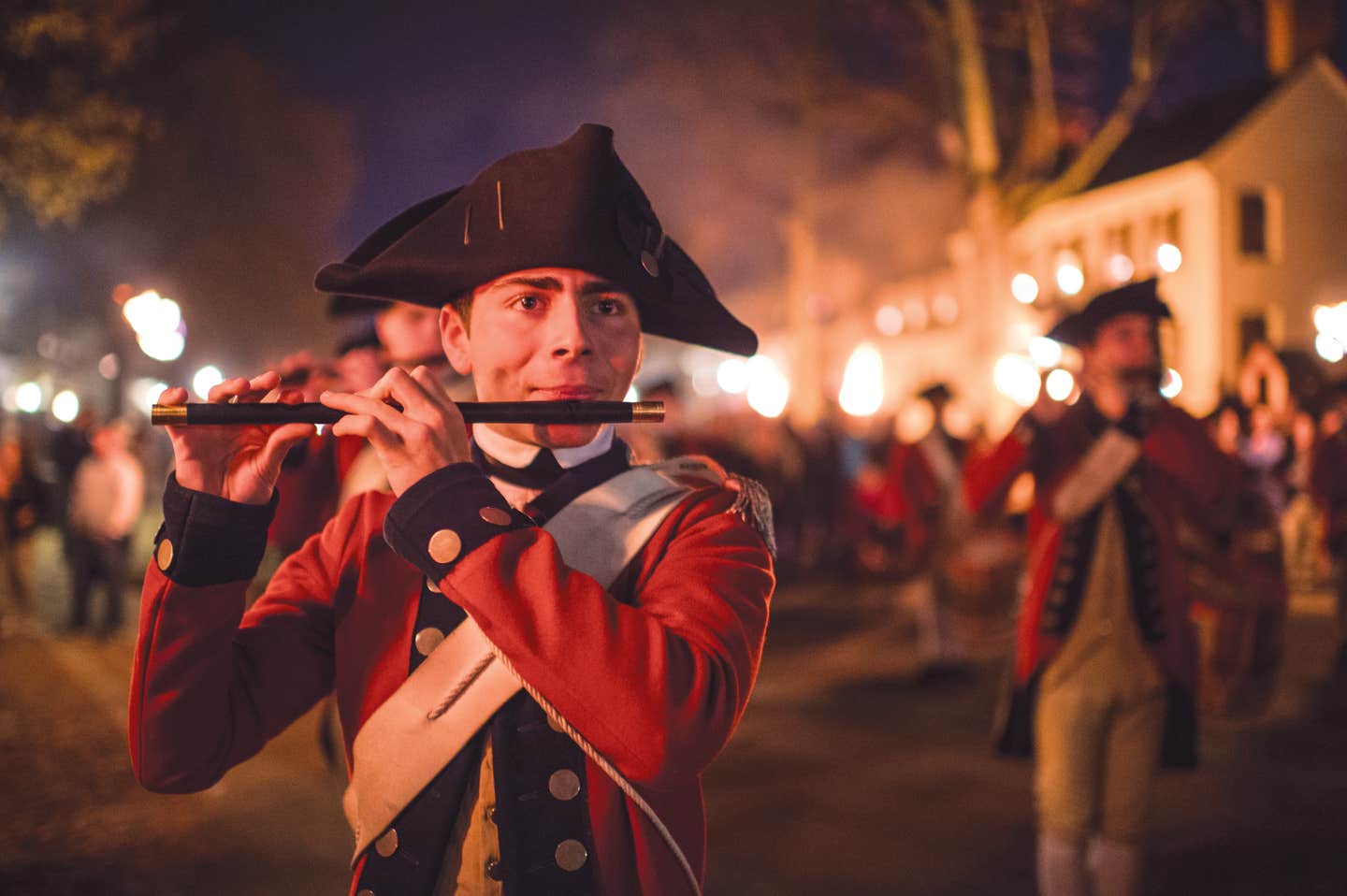Confirming identity of Mission piece could be worth $225
Is it a Mission style lamp or is it a flower stand? For that is the question Dr. Anthony Cavo ponders in the latest installment of Ask the Experts.
QA friend has this (partial) lamp. It is made of oak and may have held a shade/covering or adornment, but it’s gone. It has the old cloth covered twirled cord and an end on that is designed to screw into a light socket. It has what appears to be white slag glass behind a cross cut out in the front. It stand about 16 to 18 inches. Our questions are: What is it exactly, and does it have any value? Thanks so much.
— D.P.
via email
A Based on the photographs you have supplied, I am not convinced that this is a lamp. What I think you have is a flower stand; this is the reason there is no shade and no place to attach a shade.
Whether or not it began life electrified is open to speculation. The portion at the bottom of your photograph may be the top and the portion at the top of your photograph clearly shows what appears to be four feet; check them for wear. If they are indeed feet there will be discernible wear. The pierced cross design indicates the piece was made for use in a church. It is made in the Mission style and probably dates to the turn of the 19th or early 20th century. There is a lot going on in the background of the photograph, which distracts from the piece itself. A few more photographs from different perspectives, taken against a solid background,, would have been helpful in absolutely identifying this as a lamp or plant stand.
Cloth cords went rapidly out of favor around 1930 when neoprene was used to coat electric cords, although some companies did continue using cloth cords on household appliances until as late as 1940. Mission style furniture and religious items continue to be quite collectible and have a very broad appeal. This is an unusual and interesting piece that might easily sell in the $175 to $225 range.
-------------------------------------------------------------------
QI have a moriage dragonware tea set and am hoping you might be able to let me know what kind of quality it is, and perhaps what it is worth? Or even how I might go about finding out.
— J.M.D.
via email
A Dragonware tea sets were made in huge quantities at the end of the 19th century, with production continuing well into the mid-20th century. The term “Dragonware” describes Japanese porcelain with a dragon motif that is relief-decorated by a technique known as “moriage.” The depth of this type of decoration is achieved through the application of slip, which, simply stated, is a suspension of water and a solid such as clay along with a deflocculant, although moriage appeared much later than slip decoration, which has been known for thousands of years.
The word “moriage” in Japanese means “to pile” or “to heap” and describes the technique of brushing on or applying successive layers of slip to create designs with depth, though some moriage is actually formed independent of the piece in molds and later applied rather than layered on. Moriage can be as simple as beading or as ornate as a three-dimensional dragon seemingly rising from a piece of porcelain; moriage is also seen in Satsuma ware and is not limited to Japanese pottery.
These sets are readily available at very reasonable prices. The quality of the decoration as well as the shape, color, manufacturer, design and number of pieces will determine the value. Many pieces were gilt decorated and included lithophanes; those with lithophanes typically bring higher prices; lighter colors also tend to sell better. Dragonware stamped with the Morimura Nippon or Noritake mark sell better than unmarked pieces; Occupied Japan sets also sell well.
You fail to mention the presence or absence of marks on your set, which appears to lack the fine detail and definition of better sets – though this may be a result of the photograph. I am also unable to determine if the finial is figural, which would also affect the price. The dragon spouts on the teapot and creamer are a very attractive feature. Without more information and based on the photograph provided, I would place a price in the range of $50 to $70.








